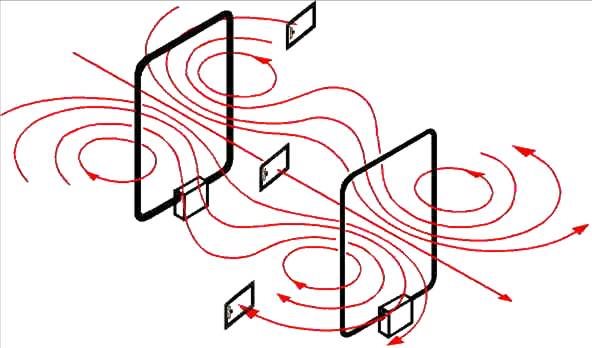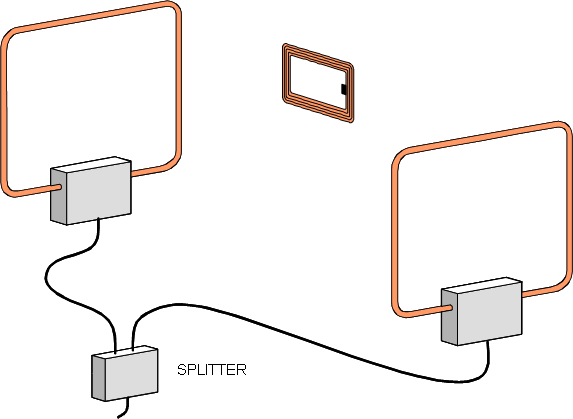Good morning,
I have read several E2E threads about this. Thanks for answering them, my questions will be built considering the others.
I plan to use 7970A as a reader for vicinity (15693, NFC-V, whatever you call them) tags. I was wondering if it is possible to detect a pedestrian going through a door, carrying a card-sized tag, for example in his / her pocket. Thus, range should be 1 meter or so. I was thinking in placing an antenna around the door, or placing it sideways outside the door in an information panel, even if people probably would not stare at it, it is just a camouflage (just imagine this next to the door). So yes, reader antennas could be quite large.
In other posts, TI staff recommends stuff from "FEIG Electronic" for purposes like this, but I'm not sure if they refer to "high power readers" or "antennas". Since I would prefer to stay with DLP-7970ABP / TRF7970A it is important for me to clarify this since I do not know if the TI reader outputting 200 mW with a big antenna would be enough for my purposes. In fact, I do not even know if the TI reader can support such big antennas. Yes, I know I should perform antenna matching with VNA if the reader can support them.
Please, let me know your opinions. BTW, I know there are other technologies for similar purposes, it is just a matter of determining the suitability or not of my schema. Have a really nice day!




